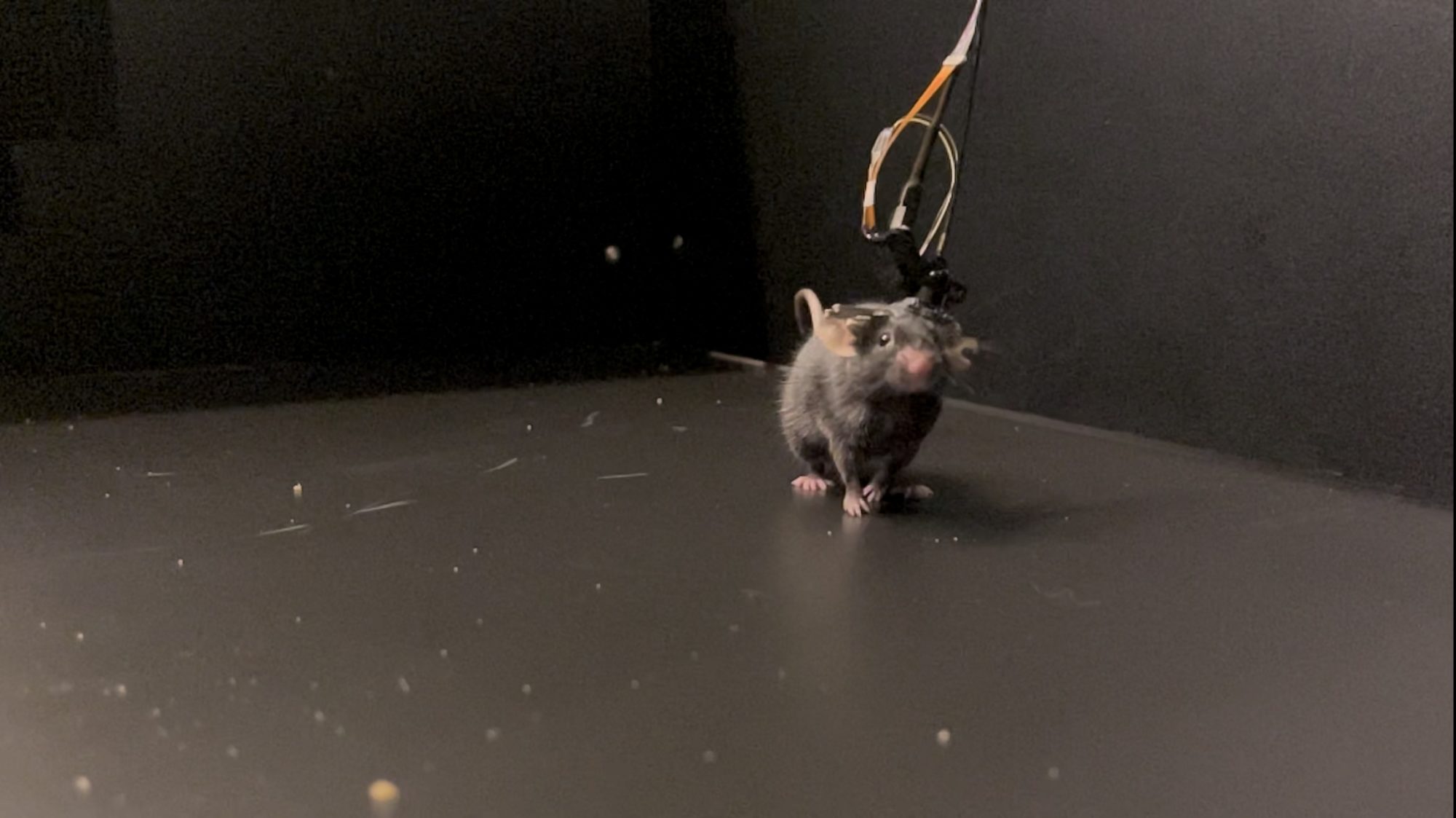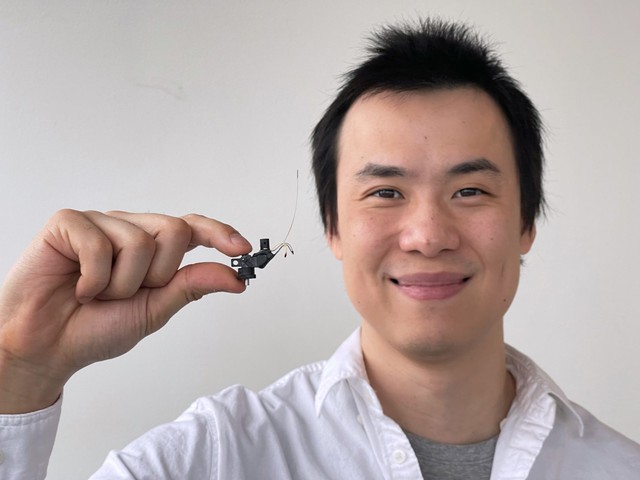This camera can see right into your brain, it was made by 2 Nobel Prize winning professors
More than 30 years ago, at the University of Oslo in Norway, two psychology students were sitting in the lecture hall after school and talking. They share a lot of things, learning stories, life stories and even the innocent dreams of youth.
“Our dream is to invent a window on the brain, so that we can see what’s going on inside, as we are thinking, planning, feeling and remembering.“, May-Britt Moser recalls.
It seemed to be just a pipe dream of two college boys and girls, but it was that dream that helped nurture them together. May-Britt Moser married her best friend, Edvard Moser, before they even graduated.

May-Britt Moser and Edvard Moser, two outstanding Norwegian neuroscientists.
Their careers have taken off ever since. May-Britt and Edvard are now prominent Norwegian psychologists and neuroscientists. Together, they founded and are currently co-directors of the Kavli Institute for Systemic Neuroscience at the National University of Science and Technology (NTNU).
In 2005, May-Britt and Edvard made a groundbreaking discovery. Both have discovered a network of cells in the brain that allows us to locate and navigate ourselves in space. These are the cells that help you know where you are, help you find the way from home to the alley, and remember that path from childhood to adulthood.
The discovery eventually won them the 2014 Nobel Prize in Medicine. It was clearly a pinnacle of science, but a Nobel prize didn’t mean May-Britt and Edvard stopped. Together, the duo now wants to make their day-to-day dream come true:
Create a window into the brain
The image that you will see below is a mouse named Leif Erikson. The mouse has a small camera on its head, the device called Mini2P weighs only 2.4 grams, which is like a tiny observatory to look at what happens in the cerebral cortex.

Mini2P can record live images in real time, it shows thousands of neurons working at the same time as the mouse finds its way across the floor, climbing to the top of the tower, where there is a cookie Delicious vanilla is waiting for it.
The camera allows the researchers to see exactly which cells are talking to each other, to send out signals that control each behavior the mice then perform. “in the real world”.
This is something that no other device has ever done before. “Mini2P is the first tool that allows us to study neural network activity, at high resolution, in animals with natural behaviour.”said Professor Edvard Moser.

The basic mechanics of Mini2P are not too different from those of an optical microscope or the human eye. This tiny camera uses two extremely small bundles of photons emitted from a laser head to excite and target neurons precisely, at high resolution.
A gene borrowed from jellyfish causes brain cells to light up when they are stimulated and talk to each other.
The researchers were also able to color code brain cells based on the genes they express, or the brain regions with which they communicate. This allowed them to learn what types of brain cells must cooperate with each other to produce different cognitive abilities:
This camera can see right into your brain, it was made by 2 Nobel Prize winning professors
Mini2P is capable of recording thousands of brain cells simultaneously. It can monitor these brain cells for more than a month and focus on them even when the rat jumps and jumps – for example, when it jumps off a 22-centimeter tower. The operating range allows Mini2P to explore all areas and mental functions across the entire cerebral cortex.
The researchers tested Mini2P in multiple regions of the brain, such as the navigation system, memory centers, and visual regions. Using a special kind of technique, it was able to map the neural landscape of 10,000 brain cells across the visual cortex. Before Mini2P, no other device could do that.
Mini2P is an open source invention, you can make it yourself at home
“We believe Mini2P is a game changer and we want to share it with neuroscientists and labs around the world.,” said May-Britt Moser.
On the Kavli Institute of Systemic Neuroscience website you can easily find the open source code of Mini2P. The blueprints, parts list, and assembly video are also available on GitHub.
This not only benefits human research itself, but also reduces the burden on laboratory animals. The idea is that if scientists all over the world could use Mini2P, they would get more data on the same mouse, thereby reducing the number of laboratory animals needed in the study.

The game changer May-Britt refers to is Mini2P’s potential in studying brain diseases like Alzheimer’s disease. Edvard Moser adds: “Alzheimer’s disease usually begins with damage to the cerebral cortex. We know that Alzheimer’s causes a decline in orientation and memory. These are brain functions that arise from the cooperation of thousands of neurons.”
Mini2P provides a solution to monitor changes in dynamics between those thousands of neurons. This will be a preeminent tool for the study of Alzheimer’s disease. Edvard Moser said: “The ability to label different cell types may also allow us to identify which cells are vulnerable to early Alzheimer’s-related changes.”
Refer Technologynetworks
at Blogtuan.info – Source: genk.vn – Read the original article here
